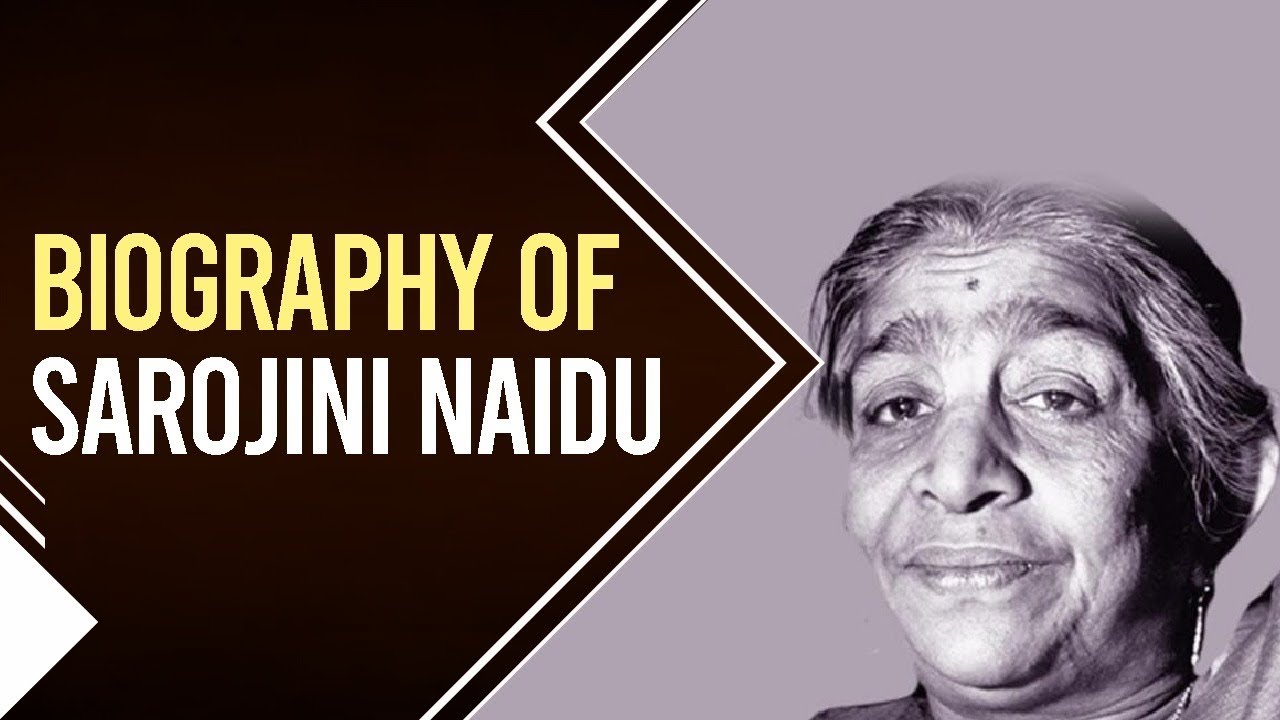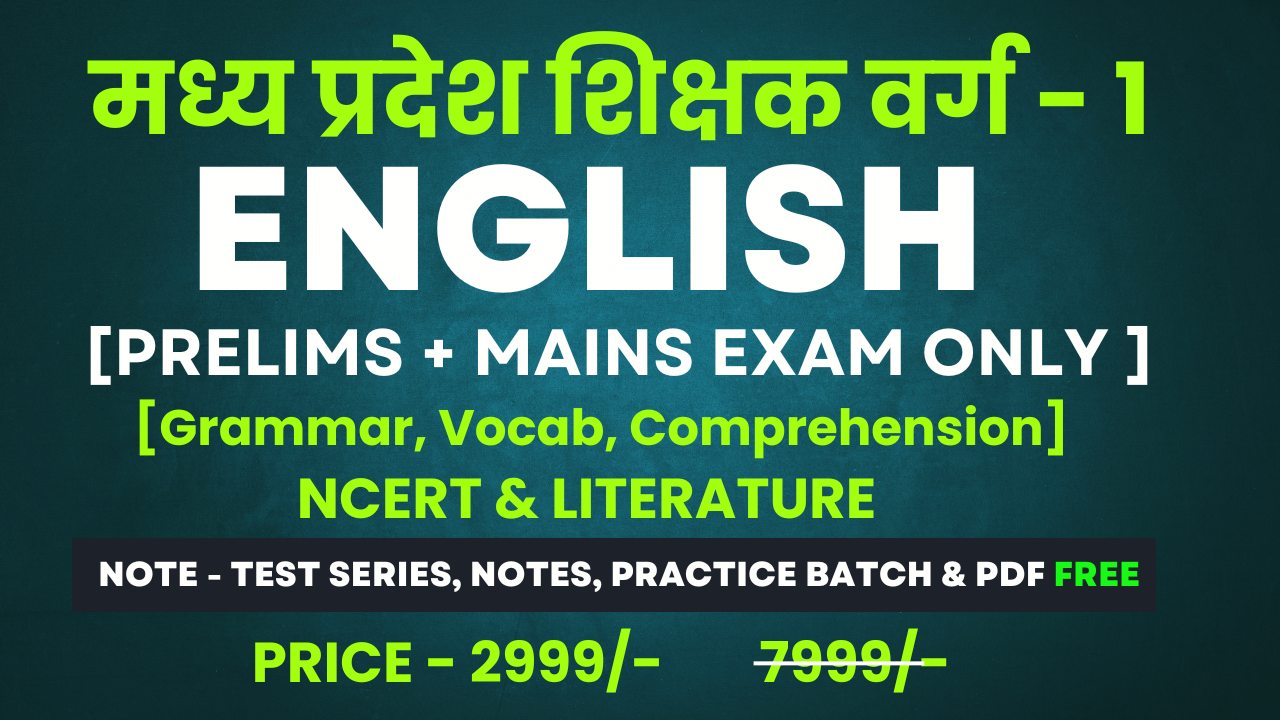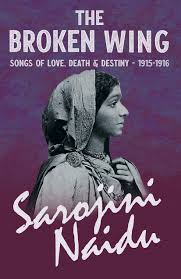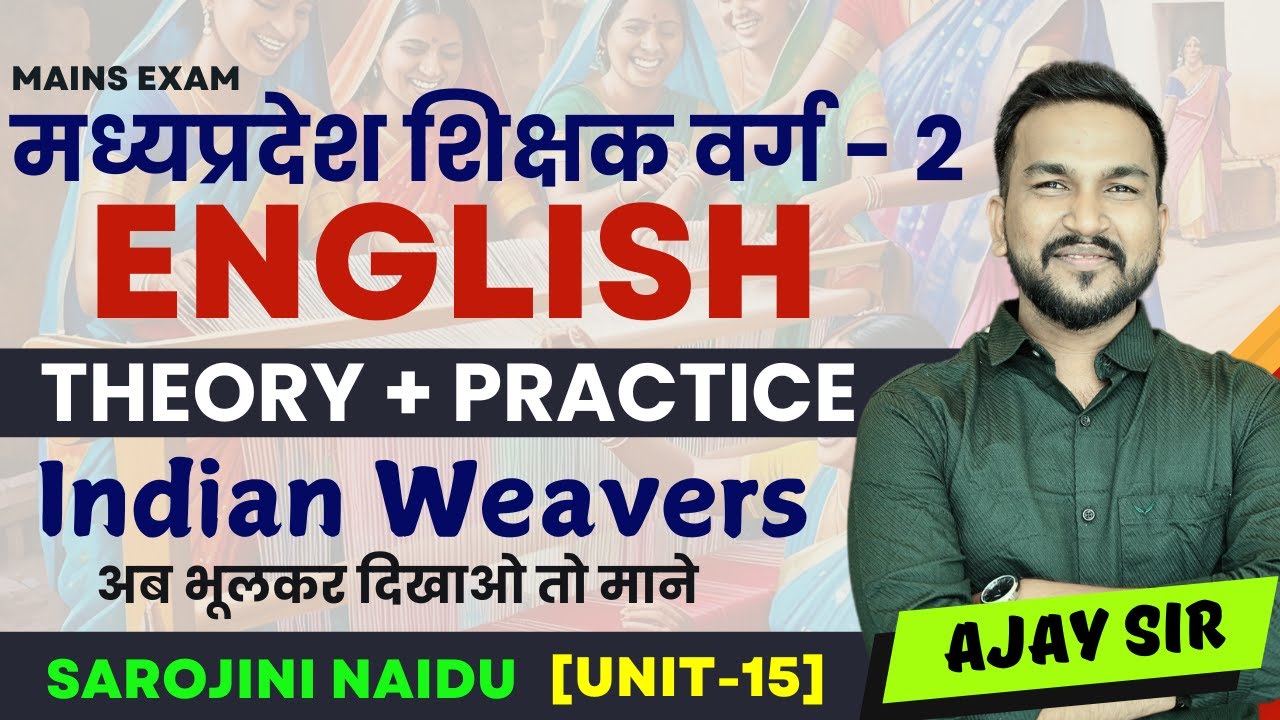Sarojini Naidu - Introduction
Sarojini Naidu 
1. Lifespan, Birth/Death Details & Nationality -
Full Name: Sarojini Chattopadhyay Naidu
Born: 13 February 1879, Hyderabad, British India
Died: 2 March 1949, Lucknow, United Provinces (now Uttar Pradesh), India
Nationality: Indian
Era: Colonial India – Freedom Struggle Period
Time Period: Late 19th to Mid 20th Century
2. Contemporaries -
Rabindranath Tagore: Helped shape her early poetic ideals; both combined Indian themes with excellence of form in English.
Mahatma Gandhi: Close confidante; impressed by her oratorical skills, nicknamed her as “Mickey Mouse” on the affectionate side.
Jawaharlal Nehru: Political confederate; behind her witty streaks and nationalism!
Gopal Krishna Gokhale: Early political mentor; inspired her to join nationalist politics.
Annie Besant: Co-activist in women's rights and Indian independence; collaborated with Sarojini.
Sarala Devi Chaudhurani & Kamaladevi Chattopadhyay: Female freedom fighters and reformers who had the same social circles.
Toru Dutt (earlier poet): Although not a contemporary by date, Dutt's Indo-English verses opened the way for Naidu's success.
3. Titles (All Known As) - Awards
• Known as:-
• “The Nightingale of India” (by Gandhi for her lyrics/lyrical poems)
• “Bharatiya Kokila” (in Hindi; meaning “Indian Cuckoo”)
• “First Lady of Indian Nationalism”
• Awards & Recognition:-
• First Indian woman to become President of the Indian National Congress (1925)
• First woman Governor of an Indian State (United Provinces/Uttar Pradesh, 1947–49)
• Received accolades broadly in literary and political circles for her advocacy of women's emancipation and Indian cultural nationalism
• Her date of birth is celebrated as National Women's Day in India (13 February)
4. Key Themes in her Works -
• Indian natural landscape, customs, and colors
• Feminine voice and romantic lyricism
• Patriotism and national awakening
• Mysticism, Indian mythology, and Hindu-Mohammed unity
• Celebration of festivals, nature, and everyday beauty
• Empathizing with the poor and oppressed
• Lyricism and the exploration of identity and belonging
5. Family Background -
• Father: Aghorenath Chattopadhyay - Scientist, philosopher, and founder of Nizam College, Hyderabad
• Mother: Varada Sundari Devi - Poetess in Bengali
• Eldest of 8 siblings; brother was Virendranath Chattopadhyay, a revolutionary
• Married Govindarajulu Naidu, a physician, in a love marriage that crossed caste boundaries in 1898 - very rare and bold for the time
• Heavily influenced by a liberal and intellectual family background
6. Education-
• Child prodigy - she had written a 1300-line poem titled The Lady of the Lake when she was only 13 years old
• Attended King's College, London, and Girton College, Cambridge (1895-98)
• Introduced to Romantic poets such as Shelley, Byron, and Rossetti
• Fluent in English, Urdu, Telugu, Bengali, and Persian
• Education overseas enhanced her political consciousness and literary voice
7. Important Life Events-
• 1905: Bengal Partition - Became politically active inspired by Congress and Swadeshi movement
• 1905-1911: Published her first volumes of poetry, while gaining international acclaim
• 1917: Co-founded the Women's Indian Association along with Annie Besant
• 1925: Elected President of Indian National Congress - first Indian woman in the role
• 1930s-40s: Imprisoned several times while a part of Civil Disobedience and Quit India Movement
• 1947: Became first woman Governor in independent India (United Provinces)
• 1949: Died while in office, two years after independence
8. Criticism:- [To her and her to others]
• Naidu on society: Believed in educating women, Hindus and Muslims being one, and poetic beauty must be made a national pride.
• Critics on Naidu:-
• British critics widely accepted lyrically inspired mastery and exotic colours in style (Arthur Symons, Edmund Gosse)
• Indian critics debated if her position of romanticism lessened the urgency for nationalists.
• Modern criticism: -
• Which places her as a footbridge between East and West in literature;
• Feminist scholars have reclaimed her voice as one of the earliest modern Indian female poets
• Some said that her poetry romanticized India, whereas it lacked political sharpness, others praised her blend of personal and patriotic poetry.
9. Other Important Points -
• A mesmerizing speaker – and rhetor; was renowned for her wit and charm, and for the poetic rhetoric she deployed at rallies.
• Unlike many contemporaries, she possessed a balanced aesthetic sensibility, with conscious political engagement.
• She refused to conform to rigid Victorian norms, yet she engaged English as a form of cultural assertion.
• Her poetry was often quoted during the freedom movement to evoke the specter of national togetherness.
• One of the few leaders to be both a literary celebrity and a freedom fighter.
10. One of Her Most Famous Lines -
“Where the voice of the wind calls our wandering feet,
Through echoing forest and echoing street…” —The Bangle Sellers
11. All Works of Sarojini Naidu –
Famous Poems:
• "The Bangle Sellers"
• "Palanquin Bearers"
• "Coromandel Fishers"
• "Indian Weavers"
• "To India"
• "In the Bazaars of Hyderabad"
• "The Queen's Rival"
• "Awake!" (a call to youth in India)
12. Additional Notes -
• Genre and Sub-genre: • Romantic Lyricism and Cultural Nationalism
• Blended genres; Folk Symbolism, Patriotic Song, Women’s Voice in Colonial Discourse
• Narrative Style:
• Figurative lyrical pronouns, first- and third-person o Meter and rhyme, Indian Imagery
• Musicality conditioned in Indian oral traditions
• Symbolism in Her Poetry:
• Bangles – Stages of womanhood and social position
• Sea and Fisherfolk - Freedom, struggle, livelihood, hope
• Temples, Bazaars, and Birds - Spiritual and national realities
• Structural Markers:
• Often constructed in traditional stanza-form (quatrains, rhymed couplets)
• Poems work on two levels - surface beauty and deeper social /emotional metaphors
• Inspirations:
• Heavy influence of Romantic Poets (Shelley, Byron)
• Indian myths, folk tunes and nationalist awakening woven into some of Whitman's (Water) foundational themes.
13. Notable Author -
• Regarded as India's national poetess in English.
• One of the first Indian writers to be recognized worldwide in English poetry.
• Taught extensively in Indian courses because of her lyricism, nationalism and aesthetics.
• Her home, “The Golden Threshold,” in Hyderabad is now a memorial and cultural center.
• Was able to feminize nationalism - her maternal voice represented the emotional soul of India.
• Her poetry was anthologized in British literary circles by way of India’s cultural introduction.
• Recognized as one of the first Indian women writers in English literature.
• Her poetry is represented in Indian and international anthologies.
• Served as a poetic voice of the nationalist movement with only Tagore being more globally recognizable at the time.
• Was recognized not only for her poetry but also as a graceful and strong symbol and voice of India’s cultural soul.
• She continues to inspire poets, politicians and feminists alike.
• Remembered as “The Nightingale of India'' and the mother of Indian independence.
14. Awards & Honours -
• Title of "The Nightingale of India” – given by Mahatma Gandhi
• First Indian Woman President of Indian National Congress (1925)
• Governor of United Provinces (Uttar Pradesh) – first woman to hold gubernatorial post in independent India.
• Her work and life are celebrated via National Women’s Day (13 Feb) in India.
• Golden Threshold building in Hyderabad is now a cultural center in her memory
• Recognized in stamp, statues, school books, and literary festivals across India.
15. Literary Influences -
• Romantic Poets: Shelley, Byron, Christina Rossetti (lyricism)
• Indian Folk & Classical Traditions: Bhakti, Natya, and devotional music
• Ghazals & Urdu poetic modes: Rhythmical, emotional, with a melancholy undertone
• Victorian Lyricism: subtle and exquisite tone, with undertones of emotion and idealism
16. Critical Reception & Legacy -
• Contemporary Praise:
• British critics appreciated her as the "exotic Indian lyrist"
• Gandhi recognized her evocation of a mixture of heart and nationalism
• Modern Criticism:
• Regarded as groundbreaking in feminist, nationalist and multicultural poetics
• While some perceive romantic idealism, overwhelmingly she is appreciated for her lyrical voice
• Legacy:
• The Broken Wing is most commonly regarded as her most personal and important book
• It is at the forefront of many Indian English Literature syllabi, as it is studied for postcolonial, gender, and for its lyrical traditions.
17. Among the most powerful excerpts:
"I dream of a wounded bird Who forgets to fly, yet sings…" (A metaphor from the title poem The Broken Wing)











